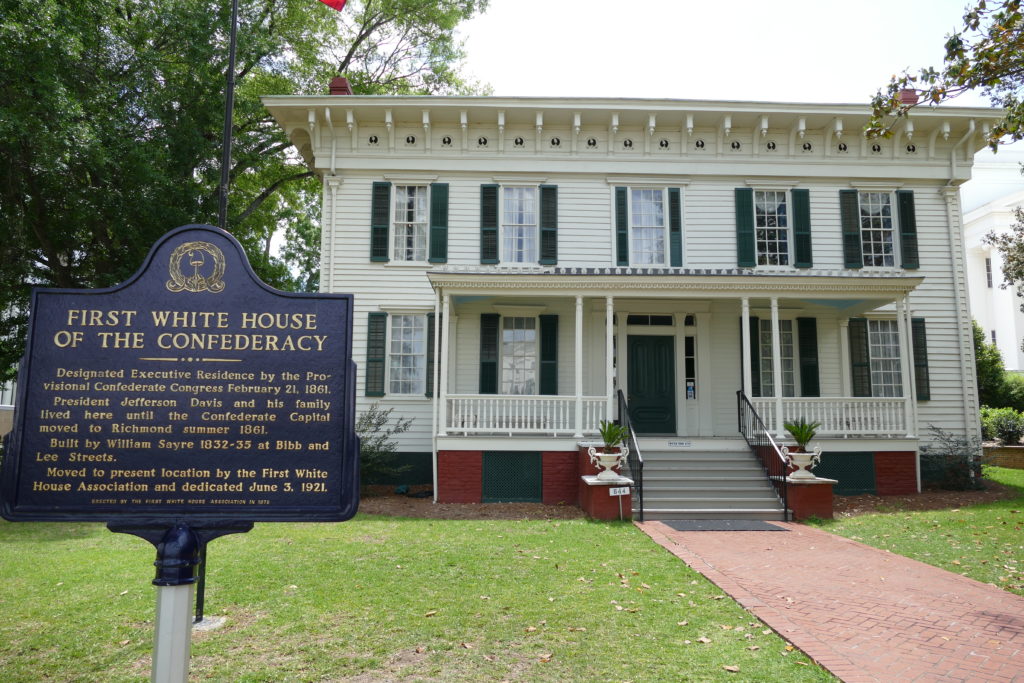The Civil Rights Trail…it’s everywhere, really but we’re here exploring Alabama’s history.
Birmingham was named the Magic City because the local iron ore, coal and limestone allowed the city to grow from nothing to an industrial power center in a few years. The iron industry fueled the city for over 90 years.
We crawled around the decaying but regal Sloss Furnaces National Historic Landmark, with towering, rusted steam boilers and blast furnaces that once produced tons of pig-iron 24-hours a day. Fascinating.
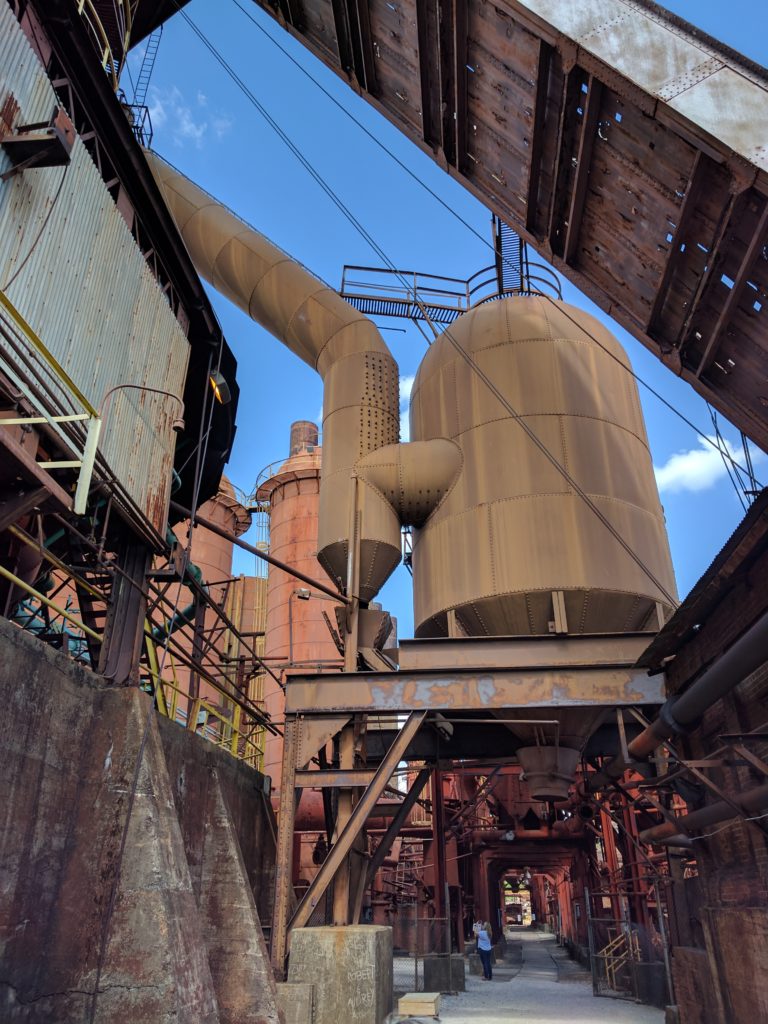
The Birmingham Civil Rights Institute chronicles some of the heinous acts and segregation laws and the many incredibly brave people who worked and fought so long to end them.
As we gazed into the cell in the Birmingham Jail where MLK wrote his famous letter in 1963, we wondered what these young black kids were thinking, understanding, feeling.
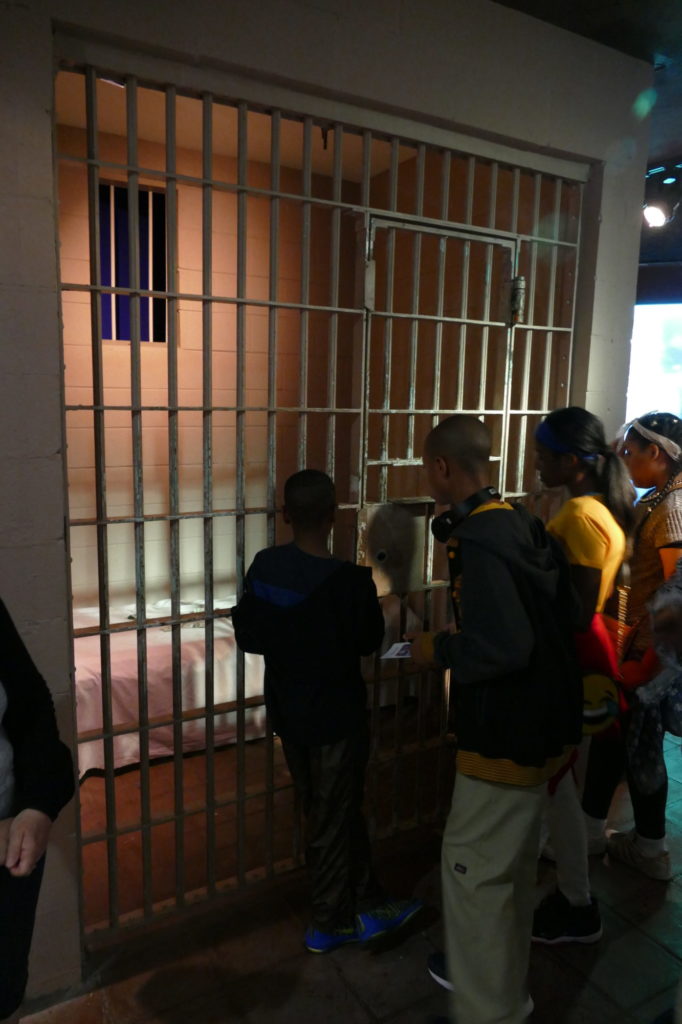
Across the street is the 144 year old 16th Street Baptist Church, where 4 little girls were killed by a bomb in 1963.
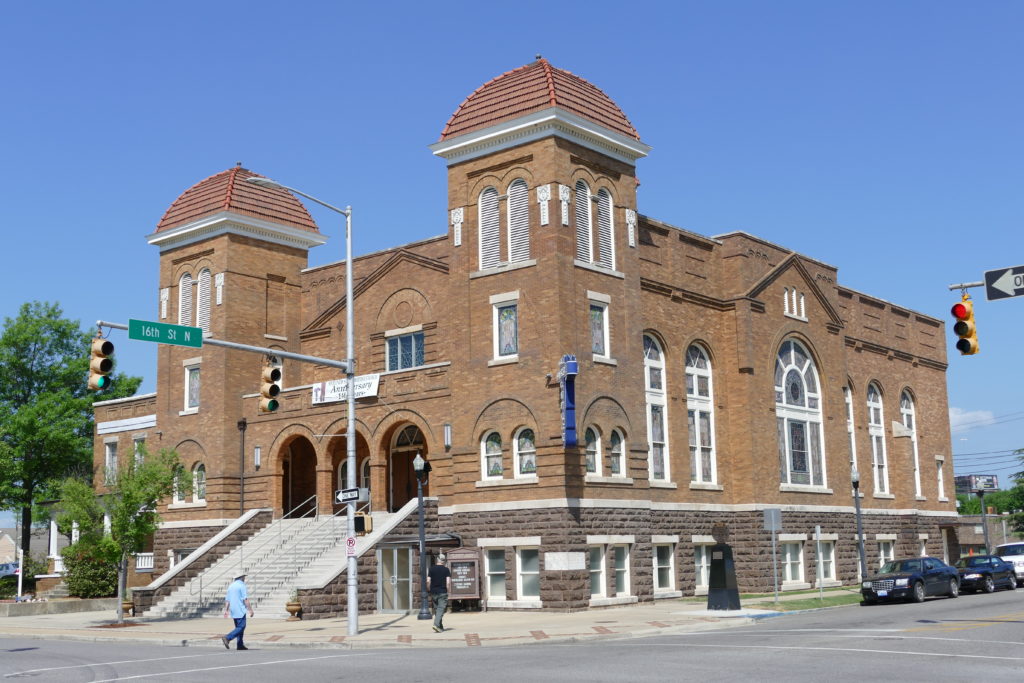
A beautiful, memorial park contains a statue honoring the girls and other graphic sculptures including one of the attack dogs that were used to intimidate African Americans.
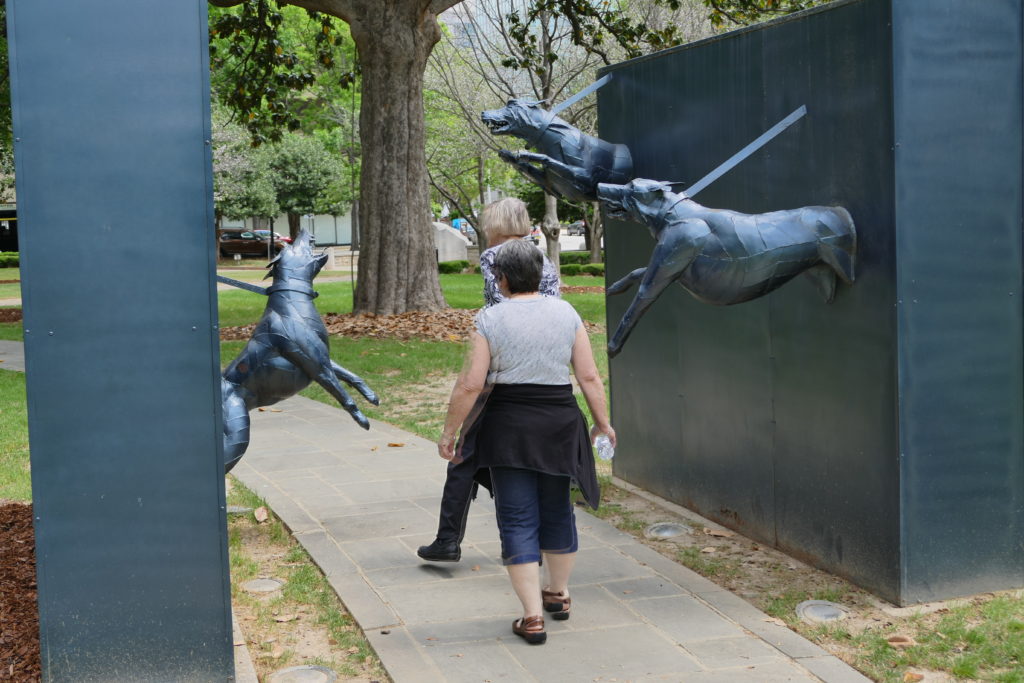
The 56′ tall statue of the Roman god of fire and forge, Vulcan, looks over the city from a park above the city. As we walked around the hilltop, we noticed a group of seated, tuxedo clad men being interviewed. They were telling the story of their 40 year old singing group -and serendipitously they burst into song…ah yes, The Magic City.
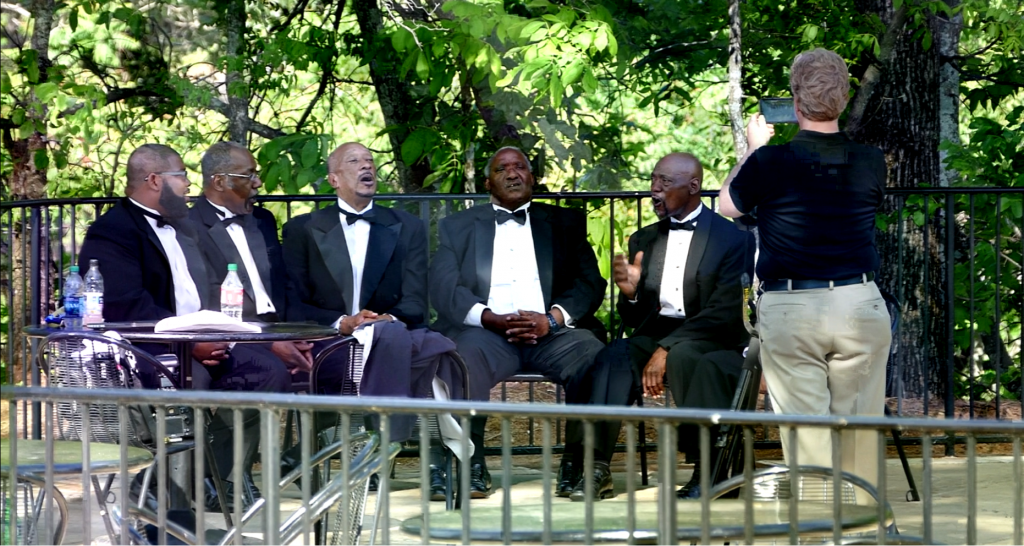
On to Montgomery
The capital of Alabama is filled with sobering memorials to moments and days including the 382 days of the Montgomery Bus Boycott – eloquently memorialized in the Rosa Parks Museum. Her refusal to yield her seat to a white passenger made her the “mother of the Civil Rights movement”.
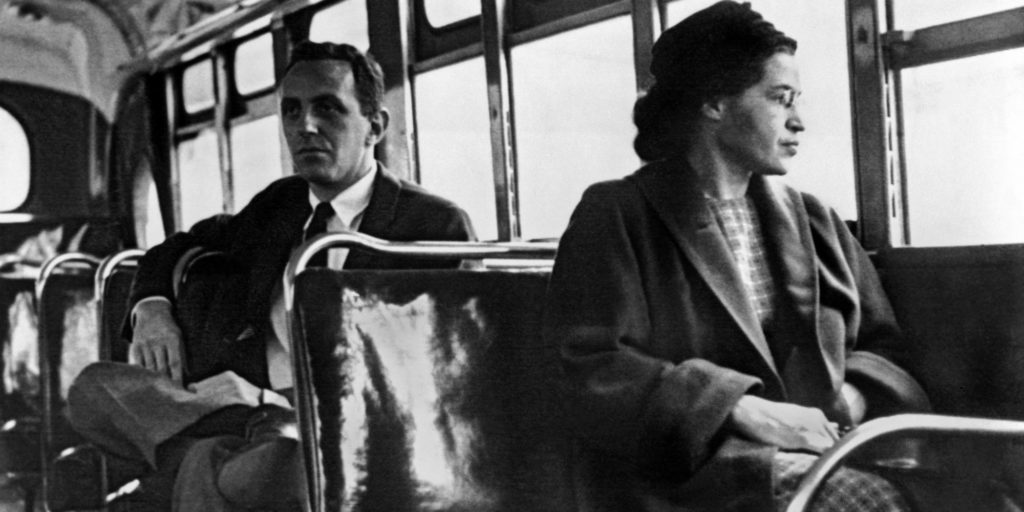
The Civil Rights Memorial was designed by Maya Lin who also designed the Vietnam Memorial Wall in Washington, DC. The fountain depicts 40 of the martyrs who were murdered for their involvement in the Civil Rights Movement, including children.
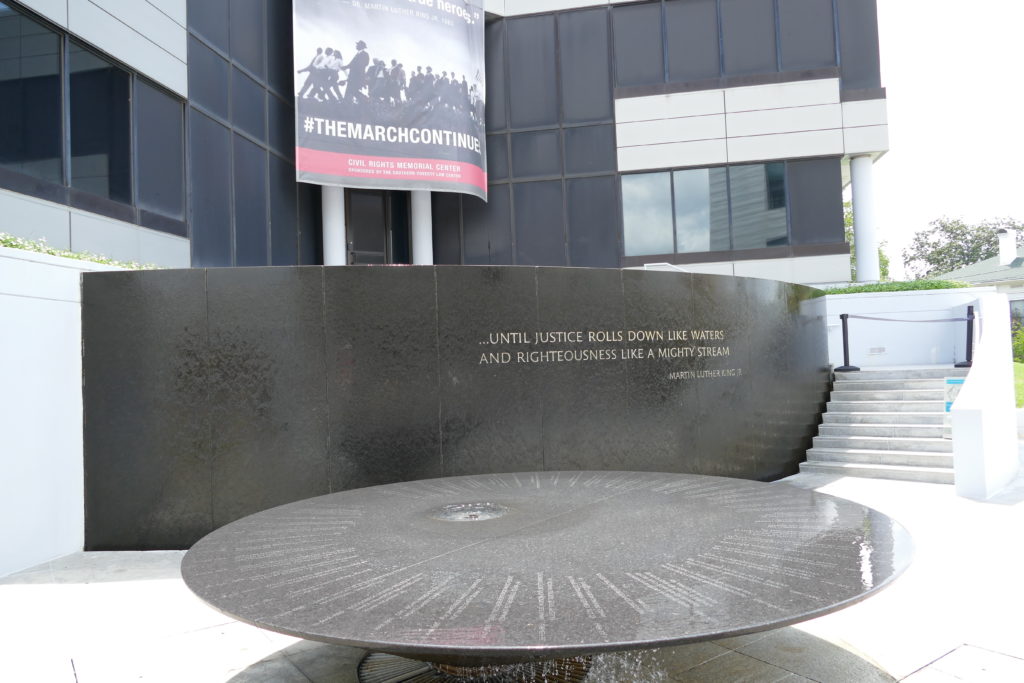
We stopped by the Rev. Martin Luther King’s church and the parsonage where he lived.
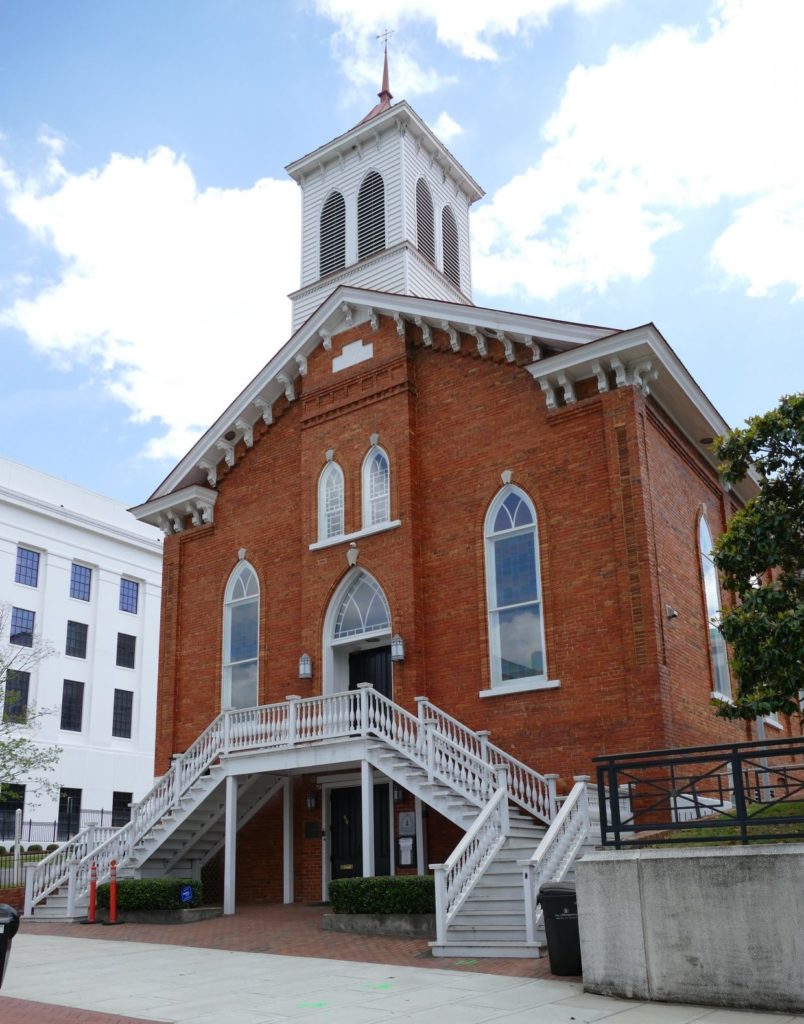
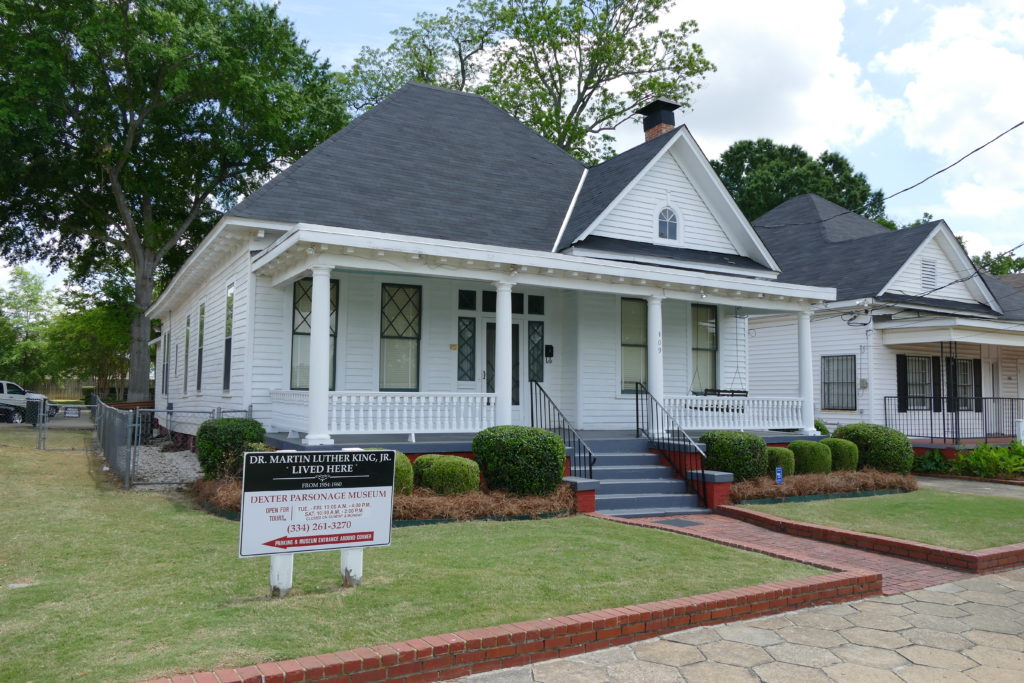
Finally we toured Jefferson Davis’ home, called The First Confederate White House, filled with his memorabilia. Jefferson Davies was the president of the Confederacy and apparently visitors reactions vary from interest to applause to horror that this man and what he represents are venerated.
